Top 9 Rock Festivals
This week Classic Rock Review joins the celebration of the 45th Anniversary of the historic 1969 Woodstock Music Festival. In conjunction with Top 9 Lists, we present a list of the Top 9 […]

This week Classic Rock Review joins the celebration of the 45th Anniversary of the historic 1969 Woodstock Music Festival. In conjunction with Top 9 Lists, we present a list of the Top 9 […]
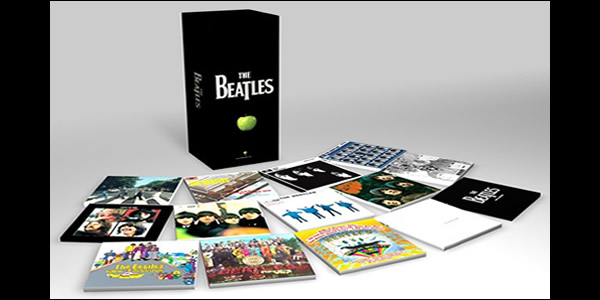
Ever since the beginning of the rock era, there have been compilations. As we mentioned in our very first special feature on The Album, long playing vinyl albums were simply a collection […]

Nearly from its inception, rock and roll and Christmas songs have made for a potent mixture of holiday-flavored punch. This marriage dates back to 1957 with the first Elvis Presley Christmas Album and […]
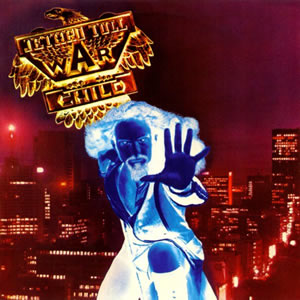
Buy War Child Jethro Tull made a sharp turn back towards a more traditionally structured album with War Child in 1974. Following two consecutive concept albums that each consisted of single, album-length suites, […]
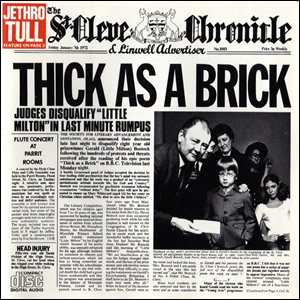
Buy Thick As a Brick Thick as a Brick may be the album that brought progressive rock to its ultimate end, being one long song that covered both sides of this fifth studio […]
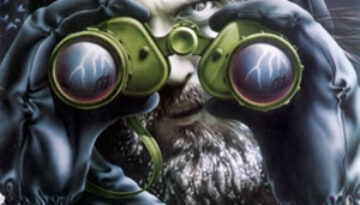
Buy Stormwatch Stormwatch was the twelfth studio album by Jethro Tull in twelve years, as they released exactly one album per year from the start of their career in 1968. Like all Jethro Tull […]
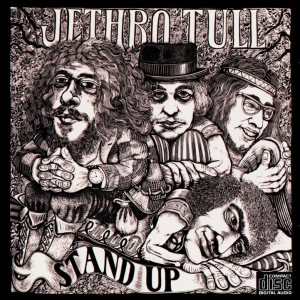
Buy Stand Up 1969’s Stand Up is an early classic by Jethro Tull. The album was produced in the wake of a splitting of musical directions, as the band’s original guitarist Mick Abrahams […]
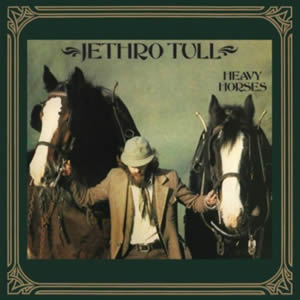
Buy Heavy Horses During a the late 1970s, Jethro Tull released a trio of albums with heavy folk influence. The second of this trio and the eleventh overall studio album by the band […]
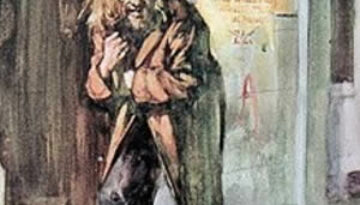
Buy Aqualung Aqualung, the fourth album by Jethro Tull, was recorded at the same time and in the same studio (Island Studios, December 1970) as the fourth album by Led Zeppelin. While recording […]